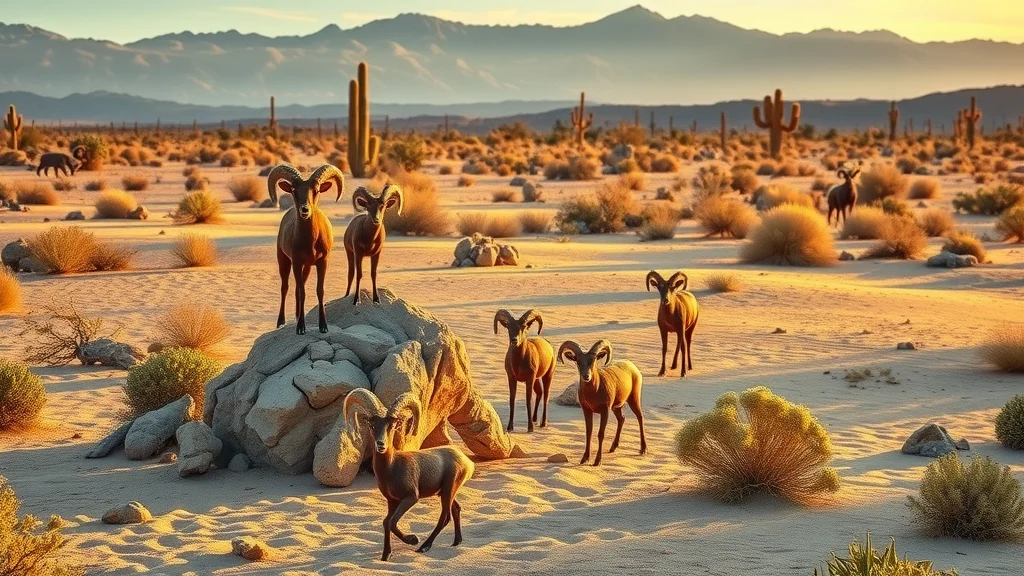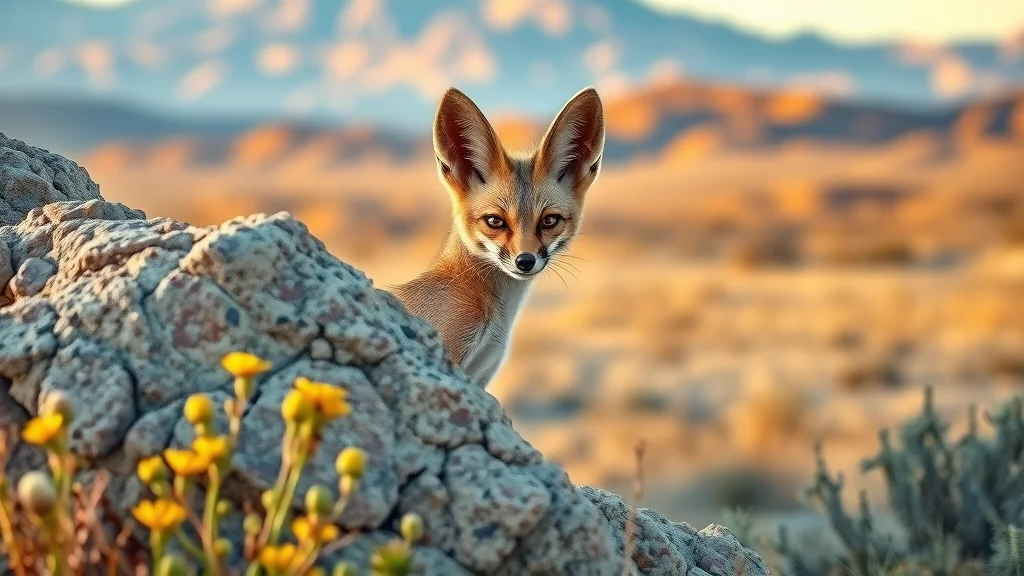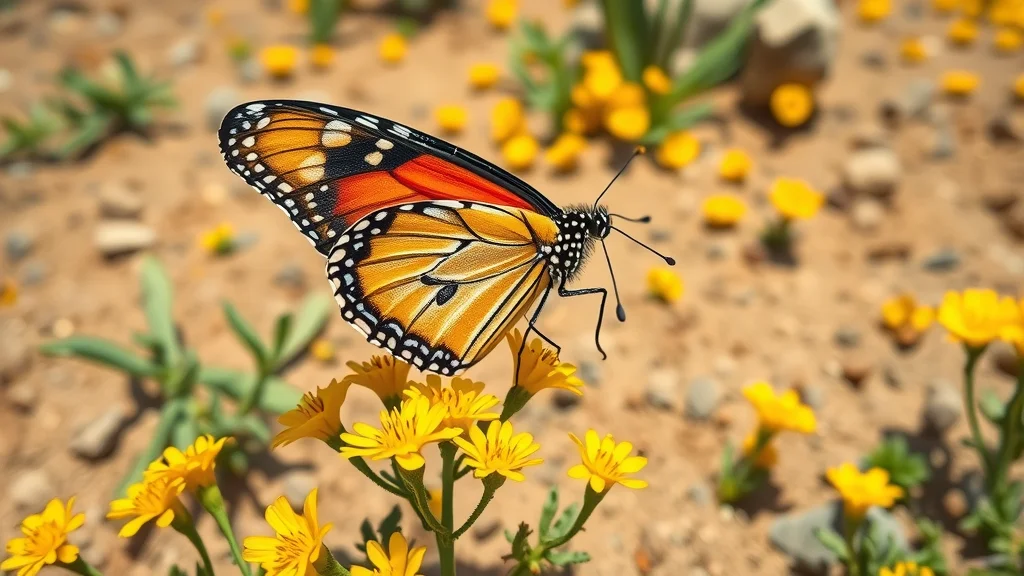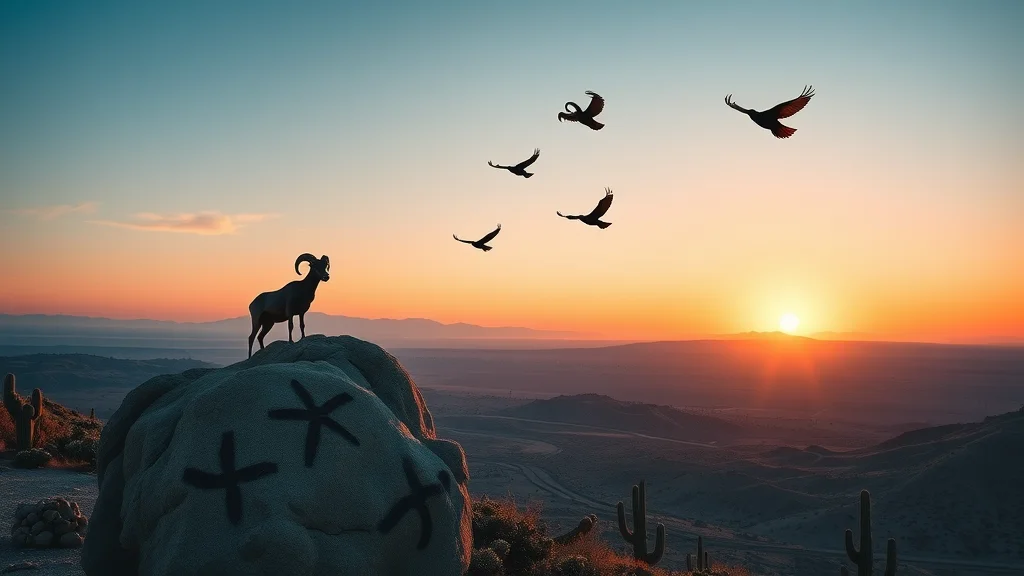The Unforgettable Beauty and Mystery of Anza-Borrego Wildlife Viewing
Have you ever wandered through a vast, sun-drenched desert and wondered what hidden life thrives just beyond your sight? Anza-Borrego Desert State Park, California’s largest state park and a cornerstone of natural preservation, offers that rare, thrilling opportunity for wildlife viewing where patience, curiosity, and subtle movement bring the desert to life. Every visit holds the possibility of encountering iconic animals—from elusive bighorn sheep to bursts of migrating butterflies—and the delicate tension of not knowing what you might see next is what draws visitors and naturalists alike. For those hoping to uncover the secrets of Anza-Borrego wildlife viewing, it’s more than a leisure activity; it’s a window into a wild world that has been shaped by millennia of survival and adaptation.
As the world around us grows more developed, experiences with untamed spaces become increasingly valuable. Wildlife viewing in Anza-Borrego not only immerses you in breathtaking desert panoramas, but it fosters a deeper appreciation of the intricate relationships that allow rare species to persist. With conservation at its core, the park’s approach emphasizes respect and admiration for living things—both seen and unseen. Whether you’re a seasoned wildlife enthusiast or a nature-curious beginner, the chance to observe the hidden rhythms of desert life will transform how you think about nature, resilience, and your own sense of wonder. This is your guide to making every sighting meaningful and every outing impactful.

Beneath the Surface: Understanding Anza-Borrego’s Rich Wildlife Beyond the Obvious
Wildlife viewing at Anza-Borrego is not just about spotting an animal; it’s about understanding the delicate balance that allows these desert creatures to survive extreme conditions. The park hosts a remarkable diversity, from majestic bighorn sheep (locally known as “borregos”) clambering up rocky cliffs, to clever kit foxes darting at dusk, and birds soaring on desert thermals—all thriving in one of the most challenging environments in southern California. What makes this location particularly unique is how wildlife, landscape, and history combine to create an experience that is both visually stunning and deeply educational.
For many, the breathtaking sweep of the desert can lull you into thinking the region is barren. The truth is the opposite—every cactus patch, wash, and boulder field conceals a web of life intricately connected to the area’s ecological health and the future of California’s biodiversity. Missing out on understanding this interconnection means missing the true story of Anza-Borrego wildlife viewing. Failure to appreciate these connections can also lead to unintentional harm or lost opportunities for preservation, ultimately threatening the future of some of the state’s most iconic and vulnerable species. Taking the time to learn, observe with respect, and participate in sustainable viewing is a collective benefit to us all.

Why Anza-Borrego Wildlife Viewing Brings More Than Just a Moment of Awe
Anza-Borrego Desert State Park’s longstanding commitment to nurturing both nature and curiosity makes it an expert contributor to the field of conservation-centered recreation. At the heart of the park’s mission is a dedication to preserving extraordinary biological diversity while creating opportunities for high-quality outdoor experiences for everyone. This ensures that every wildlife encounter not only brings joy but also supports the broader goals of education and stewardship. When choosing Anza-Borrego for wildlife viewing, visitors are given the rare privilege of seeing wild sheep, desert reptiles, and migrating birds—all in their native habitats, unspoiled and undisturbed.
The benefits of a wildlife-viewing adventure extend well beyond a memorable sighting. Time spent observing native species encourages a sense of responsibility to protect them, deepens an appreciation for California’s natural heritage, and creates memories that last far longer than a single day in the park. More importantly, well-informed visitors become ambassadors for conservation, sharing their stories, raising awareness, and inspiring the next generation of outdoor lovers. Through its accessible educational programs and sustainable recreation strategies, Anza-Borrego not only showcases breathtaking animals but also teaches why their protection is a shared community value.

From Ancient Pathways to Modern Conservation: Anza-Borrego’s Living Legacy
Delving into the history of Anza-Borrego reveals a landscape that has always been shaped by the dance between climate, wildlife, and people. Ancient Native Americans traversed these lands, guided by seasonal wildlife patterns and the resources that sustained them. Today’s visitors walk in those footsteps, discovering traces of petroglyphs and traditional travel routes that were—and remain—inextricably linked to the animals of the desert. This continuity underscores why respecting wildlife-viewing protocols is so important: every act of care preserves not just present species, but a cultural heritage that has valued coexistence with nature for thousands of years.
The park’s commitment to both cultural and natural conservation manifests in interpretive programs, sustainable trail management, and a focus on community engagement. By maintaining these historical connections while actively planning for the future, Anza-Borrego supports both ecological health and vibrant public engagement. Understanding this context enriches the experience for every visitor who gazes across the desert in hopes of a rare wildlife encounter.
Practical Insights for Making the Most of Your Anza-Borrego Wildlife Viewing Experience
Setting yourself up for wildlife viewing success at Anza-Borrego is about more than choosing the right trail—it’s about timing, preparation, and respect for nature’s patterns. Early morning and late evening tend to be the most active times for desert animals, when temperatures are cooler and the light is magical. Silence is your friend: move slowly, watch for subtle movement in the rocks or brush, and bring binoculars for distant sightings. Staying on marked trails not only protects fragile habitats but also increases your chances of encountering animals in less-disturbed areas.

The park’s OuterSpatial app empowers visitors to explore and connect with nature by offering interactive maps and up-to-date information, ensuring everyone has access to safe and informed adventures. Additionally, educational resources and interpretive events—both in-person and via virtual reality—help demystify the park’s wildlife, allowing guests of all ages and backgrounds to learn and share in discovery. This practical wisdom—rooted in Anza-Borrego’s mission of increasing access and relevance—means that each visit can be both personally rewarding and environmentally responsible.
Planning for the Future: How Climate and Community Shape Wildlife Viewing
Today, wildlife viewing in Anza-Borrego is at a crossroads, shaped by changing landscapes and evolving public values. Wildfires, drought, and the unpredictable effects of climate change are challenging the traditional rhythms of desert life. In response, park management is investing in sustainable solutions that prioritize long-term ecosystem health, adaptive educational programming, and scientific monitoring of key wildlife populations. These forward-thinking strategies help ensure that visitors will be able to witness native species for generations to come—even as the desert itself changes.
Community involvement is also crucial, as local residents, scientists, and outdoor enthusiasts share the responsibility of safeguarding the park’s wildlife. By spotlighting diverse cultural perspectives, hosting events during Latino Heritage Month, and welcoming new creative voices through arts programs, Anza-Borrego strengthens its identity as a living, breathing community resource. The result is an evolving, resilient approach to wildlife viewing—one that honors the past, embraces the present, and plans for a more vibrant and inclusive future.
Anza-Borrego Desert State Park’s Philosophy: Conservation, Access, and Inspiration
At the heart of Anza-Borrego Desert State Park’s philosophy lies an unyielding belief in the power of inspiration and education to transform society. The park seeks to provide for the health, inspiration, and education of Californians by protecting the state’s biological diversity, valued natural and cultural resources, and by making high-quality outdoor recreation accessible to all. This means every trail, program, and interpretive sign is carefully curated to foster wonder, respect, and a desire to learn.
By thoughtfully expanding recreation offerings and harnessing technology like mobile apps and virtual experiences, the park removes barriers to entry for new explorers. The emphasis on accessible parks and inclusive programming ensures that people of all physical abilities and backgrounds have the chance to encounter California’s natural wonders. Every visit reinforces a message: appreciating and preserving wild places is a shared venture that unites communities, improves well-being, and maintains biodiversity for future generations. This living philosophy not only shapes the visitor experience but also sets an industry standard for what a state park can accomplish.
Experience and Validation: What Visitors Love About Wildlife Viewing at Anza-Borrego
Real-world experiences shape our perceptions and expectations for adventures like wildlife viewing at Anza-Borrego. Many visitors arrive with hopes of rare encounters—some seeking tranquility, others the thrill of the unknown. For those lucky enough to see the park’s famous bighorn sheep or witness a desert sunrise surrounded by subtle signs of life, the memories can feel transformative. One visitor captures the spirit of discovery best:
This place is one of my favorite places in California because of the amazing hike into the canyon. I love the dinosaurs nearby and the town feels like it was frozen in time. Very much old California and the Wild West. Plus you have the mountains that are snowcapped in the winter about half an hour away and the beach 2 hours away. Beautiful place to explore the desert and see wild sheep (borregos) if you are lucky!
These first-hand stories are a testament to the excitement and connection that wildlife viewing brings. For every group that quietly observes a herd of wild sheep or marvels at the richness of the desert ecosystem, the reward is a deeper bond with nature and each other. Anyone who chooses to immerse themselves in this environment, informed by guidance and respect, stands to gain memories worthy of telling and a stronger sense of stewardship.
What Anza-Borrego Wildlife Viewing Means for Tomorrow’s Naturalists and Adventurers
In today’s fast-paced, ever-changing world, the power of Anza-Borrego wildlife viewing lies not just in the thrill of seeing a rare animal, but in the threads of connection woven through generations of visitors and stewards. Every sighting—a hawk in flight, a cautious lizard skittering across a wash, a band of bighorn sheep silhouetted against the hills—reflects the health of an ecosystem and the success of conservation strategies that place education and inspiration front and center. Anza-Borrego Desert State Park’s contribution to this field serves as both a model and an invitation: responsible wildlife viewing empowers people, supports biodiversity, and secures a legacy of natural beauty to be cherished far into the future.
As outdoor enthusiasts continue looking for meaningful, accessible adventures, places like Anza-Borrego show what is possible when parks are managed for both enjoyment and ecological well-being. Ultimately, wildlife viewing in this desert paradise offers not just new sights, but new ways of seeing, understanding, and valuing the living world.
Contact the Experts at Anza-Borrego Desert State Park
If you’d like to learn more about how anza-borrego wildlife viewing could benefit your understanding of California’s unique ecosystems, contact the team at Anza-Borrego Desert State Park.
📍 Address: California, USA
📞 Phone: +1 760-767-4205
🌐 Website: https://www.parks.ca.gov/
Anza-Borrego Desert State Park Location and Hours
🕒 Hours of Operation:
📅 Monday: Open 24 hours
📅 Tuesday: Open 24 hours
📅 Wednesday: Open 24 hours
📅 Thursday: Open 24 hours
📅 Friday: Open 24 hours
📅 Saturday: Open 24 hours
📅 Sunday: Open 24 hours

 Add Row
Add Row  Add
Add 





Write A Comment